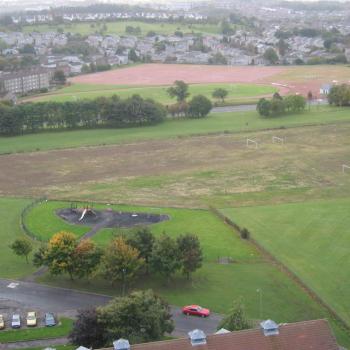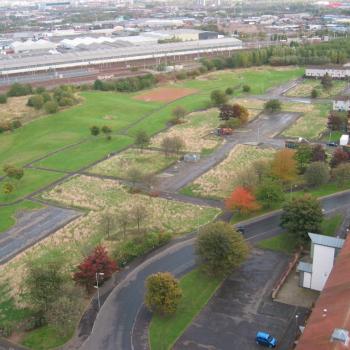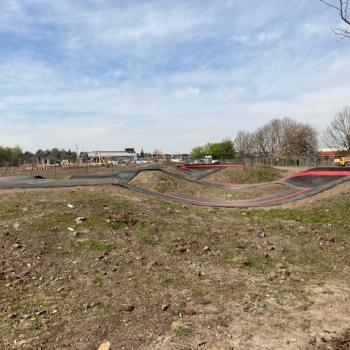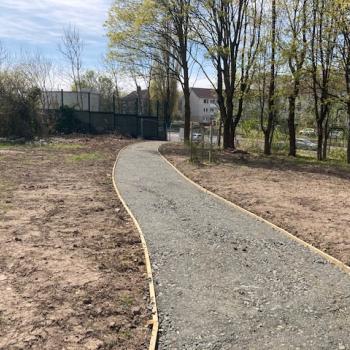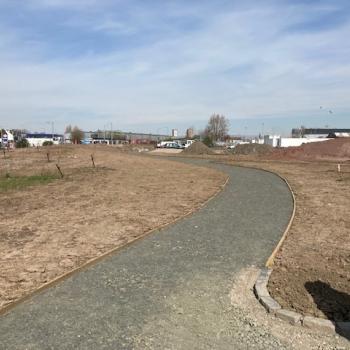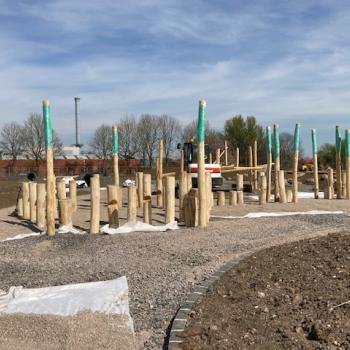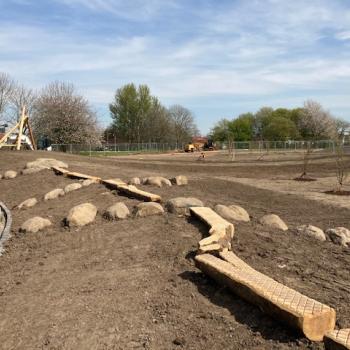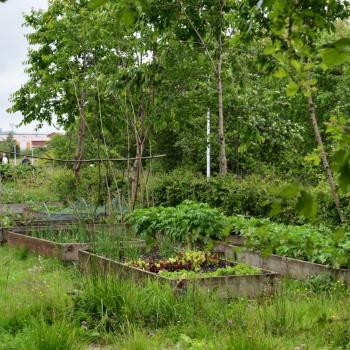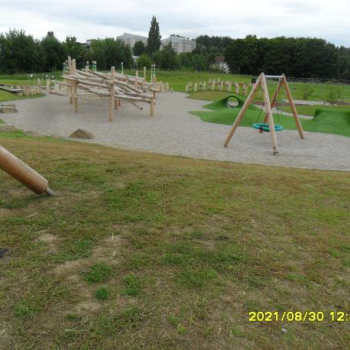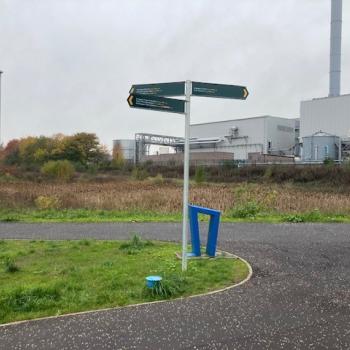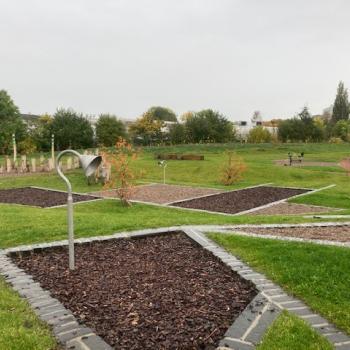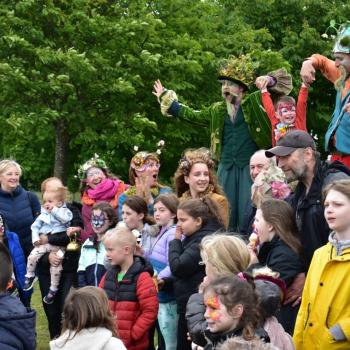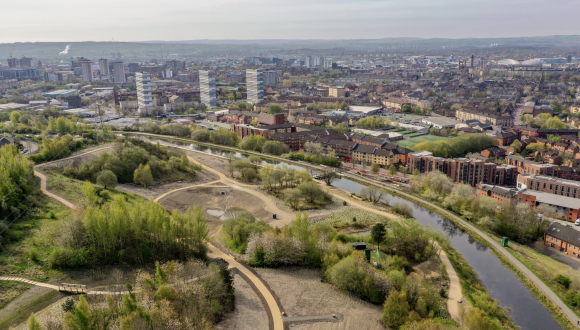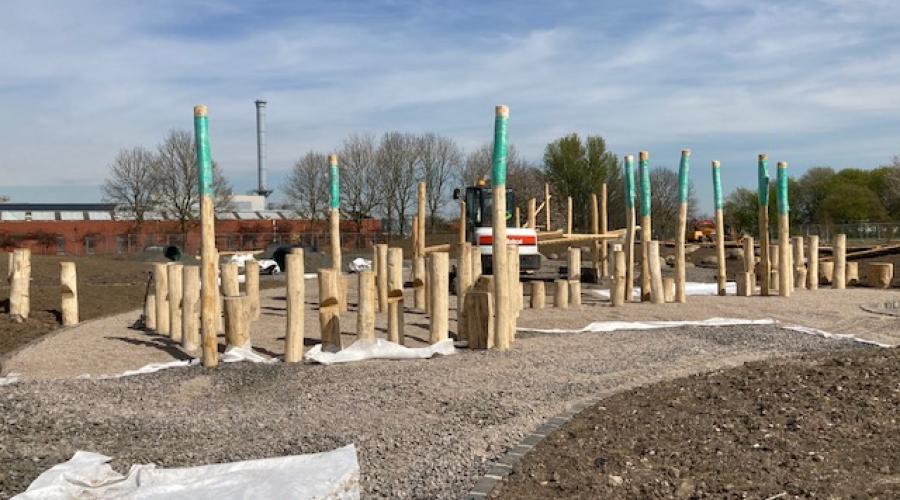
Malls Mire
Transforming 15.7 hectares of land into a mixed use park, wetland, enhanced and improved nature reserve
Malls Mire
Grantee: Clyde Gateway
What the project set out to achieve
The project set out to transform 15.7 hectares (ha) of land into a mixed use park, wetland, enhanced and improved nature reserve, woodland and sustainable transport routes connecting through the area. This would bring the Malls Mire Woodland Local Nature Reserve (LNR) into further positive management to enhance personal security, improve accessibility and to provide new facilities for outdoor learning and natural play. Initiatives to bring ‘greening’ and biodiversity into the North Toryglen housing areas would also be developed. These proposals would cater for the local and wider communities providing desirable locations for outdoor recreation, volunteering, travel, education and relaxation and bring currently under-utilised land to a potential beyond its constituent parts. This would be an asset for the local community as it grows together as a destination for those coming from further afield.
The new infrastructure aimed to increase opportunities for community participation in outdoor activities and in the longer term, as the area becomes established. It intended to develop and complete remaining aspirations for the area and grow the events, educational facilities and resources used by the local community and delivered through key groups such as Urban Roots.
Where the project idea came from
North Toryglen was characterised by residential tower blocks, deck access flats and terraced housing built by the City of Glasgow Council (GCC) in the 1960s. Apart from the terraced housing, all of the housing stock from that time has now been demolished. This project stemmed from several years of community consultation and aspirations for regeneration which have seen the area completely transformed from outdated high rise stock into an area of transition with several hundred new private and public homes delivered. Through ongoing interaction with the local community, volunteers and stakeholders proposals for the project grew and developed with Land Use Consultants (LUC) being appointed to prepare detailed proposals. Urban Roots, who have been actively involved in the Toryglen community for ten years, embarked on a Green Infrastructure Community Engagement Fund (GICEF) project in 2018 called Growing Connections. One objective of the project was to consult with the community on an area of land known locally as the 'fighting hill'. With additional funding from SUSTRANS, the project also involved the design of an active travel strategy for North Toryglen (Active Connections). By working together, Urban Roots, Clyde Gateway and Glasgow City Council developed these ideas into a more ambitious vision for the area.
How the community helped develop the project
The community was fundamental in this project from the strategic policy level, which identified North Toryglen as a Transformational Regeneration Area (TRA) in the Glasgow City Council Local Plan (open city-wide and site-specific consultation) right down to local consultations on the green infrastructure proposals in 2017 and 2018 which shaped the project. The community was fundamental to the direction of Clyde Gateway aspirations to promote green infrastructure, connections between communities and areas of work and recreation. CG emphatically supported proposals for improving the mental and physical health of people.
The community helped in the development of this project through inputs during engagement events held in 2017, 2018 and 2019. These involved consultation workshops, questionnaires, on-line surveys and exhibitions. Feedback informed the proposals and helped demonstrate the community’s strong desire to participate in activities following completion of proposed works. Communication with the local community were ongoing throughout the course of the physical works with a contact name to ensure there was always a person to answer any queries.
How the project fits into the bigger picture
The project formed part of the remit of CG and assisted with reaching Key Performance Indicators (KPIs) to transform the wider area which had suffered from decades of declining prosperity, education, employment and health issues. These KPIs will lead to the long term and sustainable regeneration of CG of which Toryglen is an important part.
The project also completed the jigsaw in terms of the Transformational Regeneration Area (TRA) which will see the final phases housing delivered directly adjacent to the GIF project area through demolition of 60’s housing stock to enable development and regeneration activity. Toryglen is one of a selection of TRAs in Glasgow all of which are key to meeting aspirations for the regeneration of the city and its improved prosperity. As Scotland’s biggest city the importance of delivering on regeneration policy and seeking to continually improve the lives of its inhabitants is crucial for the ongoing success, attractiveness and respect of the area on the national and international stage.
The project supported the aims of many key government documents and policies such as The National Planning Framework 3, Achieving a Sustainable Future: Regeneration Strategy the Scottish Biodiversity Strategy, Green Infrastructure Design and Placemaking as well as GCC Local Development Plan and city wide policies for regeneration and placemaking.
How the project improved the local area
The project created a key piece of green infrastructure, providing substantial benefits for biodiversity, climate change adaption, placemaking, health, recreation & education, water infrastructure and flood management, as well as improving key routes for pedestrian and cyclist movements in and around North Toryglen and the south side of Glasgow.
The project delivered key infrastructure at two main areas of greenspace - one to the east and one to the west of the newly delivered housing, whilst linking these together through a third area.
The project was a major shift forward to address the previous environmental justice concerns from a community surrounded for a notable time by dereliction, demolition works, depopulation and low quality greenspace.
Please read our project blogs below to gain additional insight into the impacts of the project.













